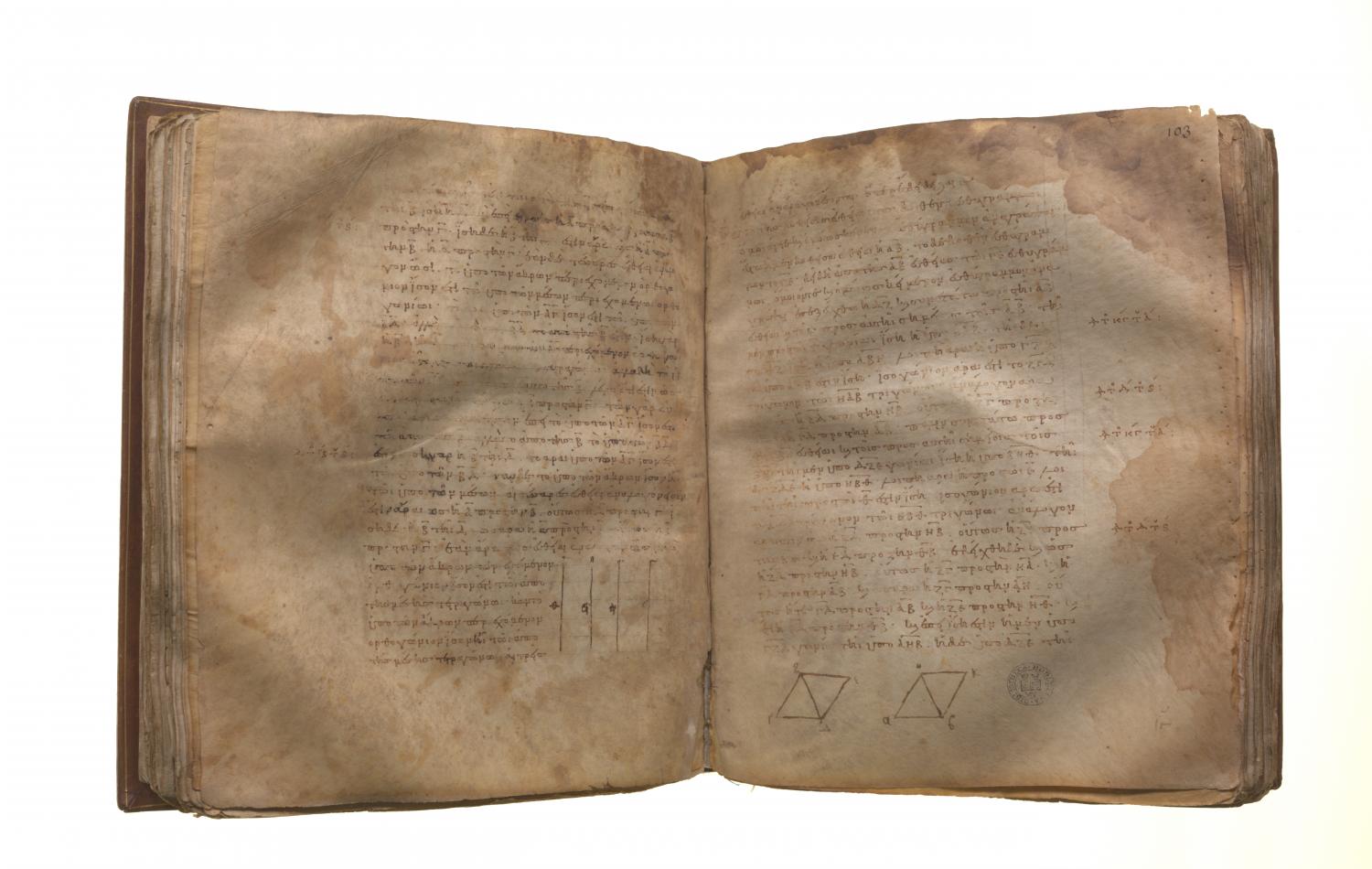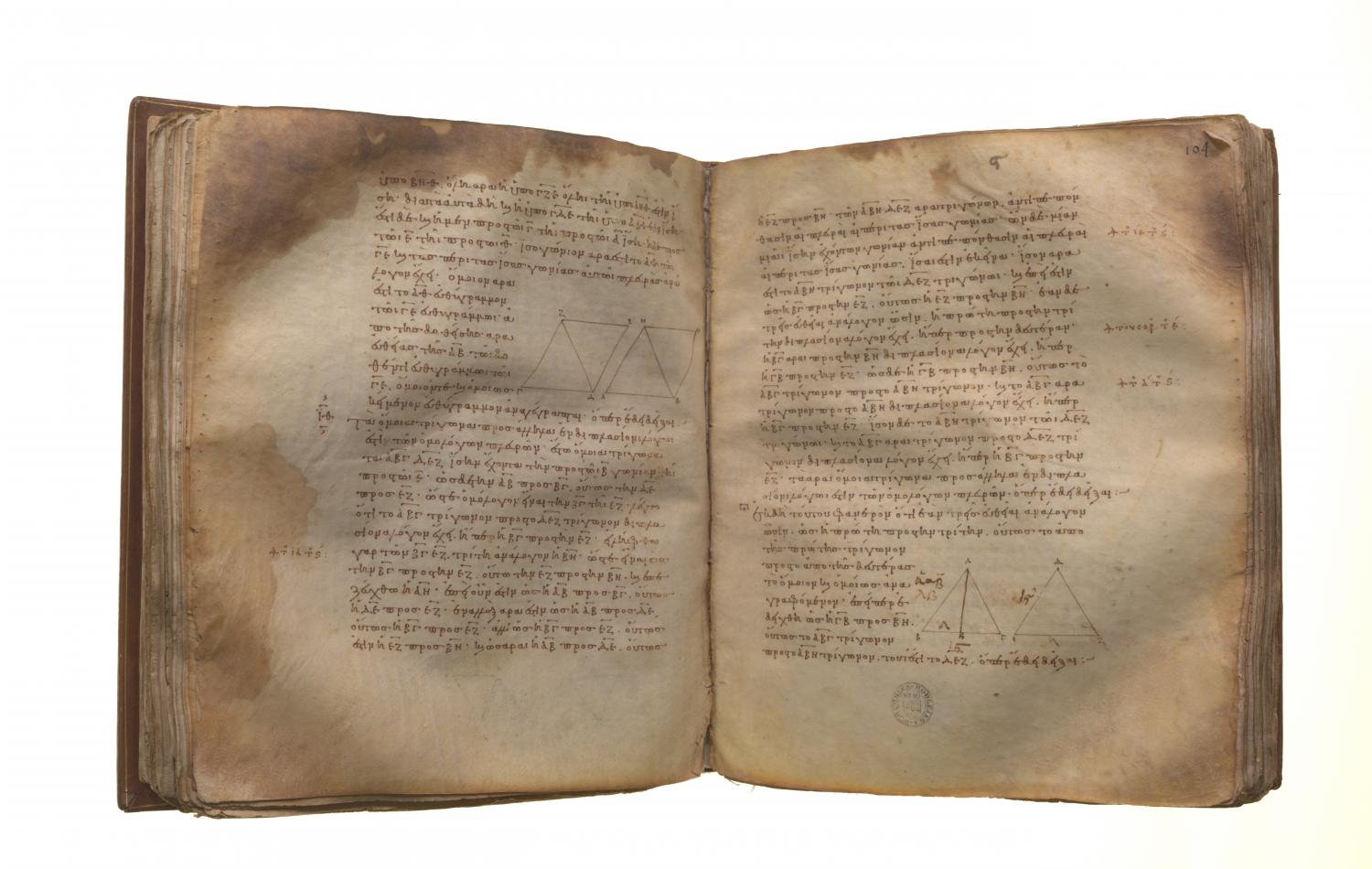Similar figures and proportions: Book 6 Proposition 18
Translations
On a given straight line to describe a rectilineal figure similar and similarly situated to a given rectilineal figure. Let AB be the given straight line and CE the given rectilineal figure; thus it is required to describe on the straight line AB a rectilineal figure similar and similarly situated to the rectilineal figure CE. Let DF be joined, and on the straight line AB, and at the points A, B on it, let the angle GAB be constructed equal to the angle at C, and the angle ABG equal to the angle CDF. [I. 23] Therefore the remaining angle CFD is equal to the angle AGB; [I. 32] therefore the triangle FCD is equiangular with the triangle GAB. Therefore, proportionally, as FD is to GB, so is FC to GA, and CD to AB. Again, on the straight line BG, and at the points B, G on it, let the angle BGH be constructed equal to the angle DFE, and the angle GBH equal to the angle FDE. [I. 23] Therefore the remaining angle at E is equal to the remaining angle at H; [I. 32] therefore the triangle FDE is equiangular with the triangle GBH; therefore, proportionally, as FD is to GB, so is FE to GH, and ED to HB. [VI. 4] But it was also proved that, as FD is to GB, so is FC to GA, and CD to AB; therefore also, as FC is to AG, so is CD to AB, and FE to GH, and further ED to HB. And, since the angle CFD is equal to the angle AGB, and the angle DFE to the angle BGH, therefore the whole angle CFE is equal to the whole angle AGH. For the same reason the angle CDE is also equal to the angle ABH. And the angle at C is also equal to the angle at A, and the angle at E to the angle at H. Therefore AH is equiangular with CE; and they have the sides about their equal angles proportional; therefore the rectilineal figure AH is similar to the rectilineal figure CE. [VI. Def. 1]

